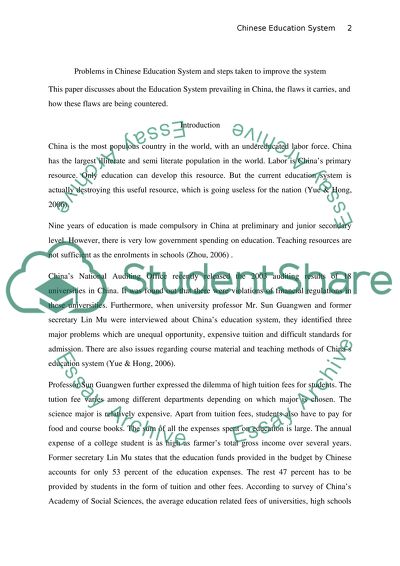Cite this document
(“Problems in Chinese Education System and steps taken to improve the Essay”, n.d.)
Retrieved from https://studentshare.org/education/1424044-problems-in-chinese-education-system-and-steps-taken-to-improve-the-system
Retrieved from https://studentshare.org/education/1424044-problems-in-chinese-education-system-and-steps-taken-to-improve-the-system
(Problems in Chinese Education System and Steps Taken to Improve the Essay)
https://studentshare.org/education/1424044-problems-in-chinese-education-system-and-steps-taken-to-improve-the-system.
https://studentshare.org/education/1424044-problems-in-chinese-education-system-and-steps-taken-to-improve-the-system.
“Problems in Chinese Education System and Steps Taken to Improve the Essay”, n.d. https://studentshare.org/education/1424044-problems-in-chinese-education-system-and-steps-taken-to-improve-the-system.


